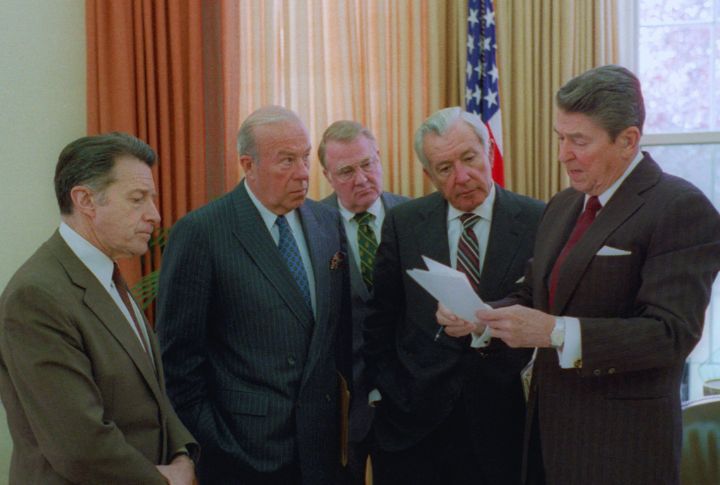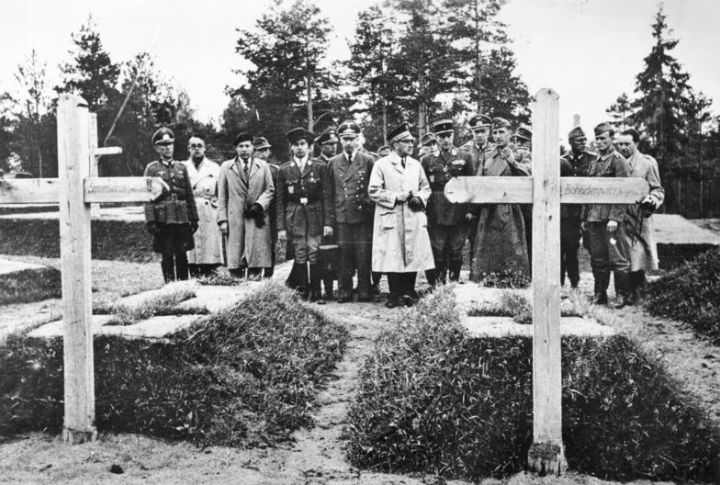
Just imagine living with nightmares and paranoia your entire life, never knowing a government agency had deliberately drugged you in a secret program. Thousands endured exactly that reality while officials shredded evidence and denied everything. Eventually, enough truth leaked to force accountability. Here’s what finally came to light decades after the harm was done.
The Tuskegee Syphilis Study
In the Tuskegee Syphilis Study, doctors denied treatment to Black men infected with syphilis—a sexually transmitted bacterial infection—in order to study how the disease progressed. Even after penicillin proved effective, they were left untreated. When a whistleblower exposed the truth, public outrage led to major reforms in medical ethics and informed consent.
MK-Ultra Mind-Control Experiments
MK-Ultra targeted people who never agreed to take part. The CIA tested drugs and psychological techniques on hospital patients, prisoners, students, and psychiatric patients who thought they were receiving ordinary treatment. Many only learned years later that their symptoms traced back to these experiments, which aimed to alter behavior during interrogation.
Project 112 And SHAD Chemical Tests
Project 112 and SHAD emerged during a period of intense Cold War anxiety. Military planners needed to know how a chemical release might spread, so they conducted field tests using unsuspecting service members. Years later, the pattern of illnesses prompted the government to acknowledge what happened and provide assistance to those affected.
Unit 731 Human Experiments
Japan’s wartime research unit carried out brutal medical experiments, including conducting surgery on living prisoners without anesthesia—a practice known as vivisection—alongside tests involving plague, frostbite, and chemical agents. For decades, officials avoided acknowledging these crimes, leaving survivors unheard and forcing modern governments to strengthen safeguards against war-era secrecy.
The Katyn Massacre Cover-Up

In 1940, during WWII, Soviet authorities executed thousands of Polish military officers in the event later identified as the Katyn Massacre. The superpower rivalry between the U.S. and the Soviet Union during the 1940s–80s made confronting Stalin nearly impossible, thereby leaving families uncertain whether to mourn or hope.
COINTELPRO Domestic Surveillance
The FBI’s COINTELPRO secretly spied on Americans for attending protests or joining student groups. Agents harassed citizens with late-night calls and workplace intimidation. Hidden for years, these tactics chilled activism and reshaped political organizing, showing how a covert government program quietly suppressed dissent and changed U.S. society before the scandal broke.
The Gulf Of Tonkin Fabrication
U.S. officials claimed a naval attack in the Gulf of Tonkin to ramp up the Vietnam War. Years later, it was revealed that the second attack never occurred. The deception later sparked skepticism toward government statements and changed the way Congress grants wartime military powers.
Operation Paperclip’s Hidden Past
The U.S. quietly gathered top German scientists after WWII, hoping their skills would strengthen American missile and aerospace programs. Rocket engineers like Wernher von Braun and specialists in chemical and medical research were moved to military bases. Agencies even altered or hid their Nazi records to clear them quickly for classified work.
The Iran-Contra Affair
A secret network sold weapons to Iran and then funneled the money to Nicaraguan rebels, even though Congress had banned it. Officials denied any wrongdoing until investigative reporting uncovered the operation. The fallout weakened public trust in executive power and led to closer scrutiny of how national security decisions are hidden behind classified walls.
The Bhopal Gas Disaster Cover-Up
Poison clouds drifted through sleeping communities in December 1984 and suffocated families within minutes. Executives at Union Carbide, the U.S.-based company that ran the plant, immediately downplayed the casualty and refused to reveal the gas’s exact composition to Indian doctors treating victims. Official fatality tolls still vary widely because the company destroyed internal documents.

